Microsoft’s 15 Biggest Flops
Microsoft (MSFT, $93.78) isn’t exactly the flashiest name in the technology space.
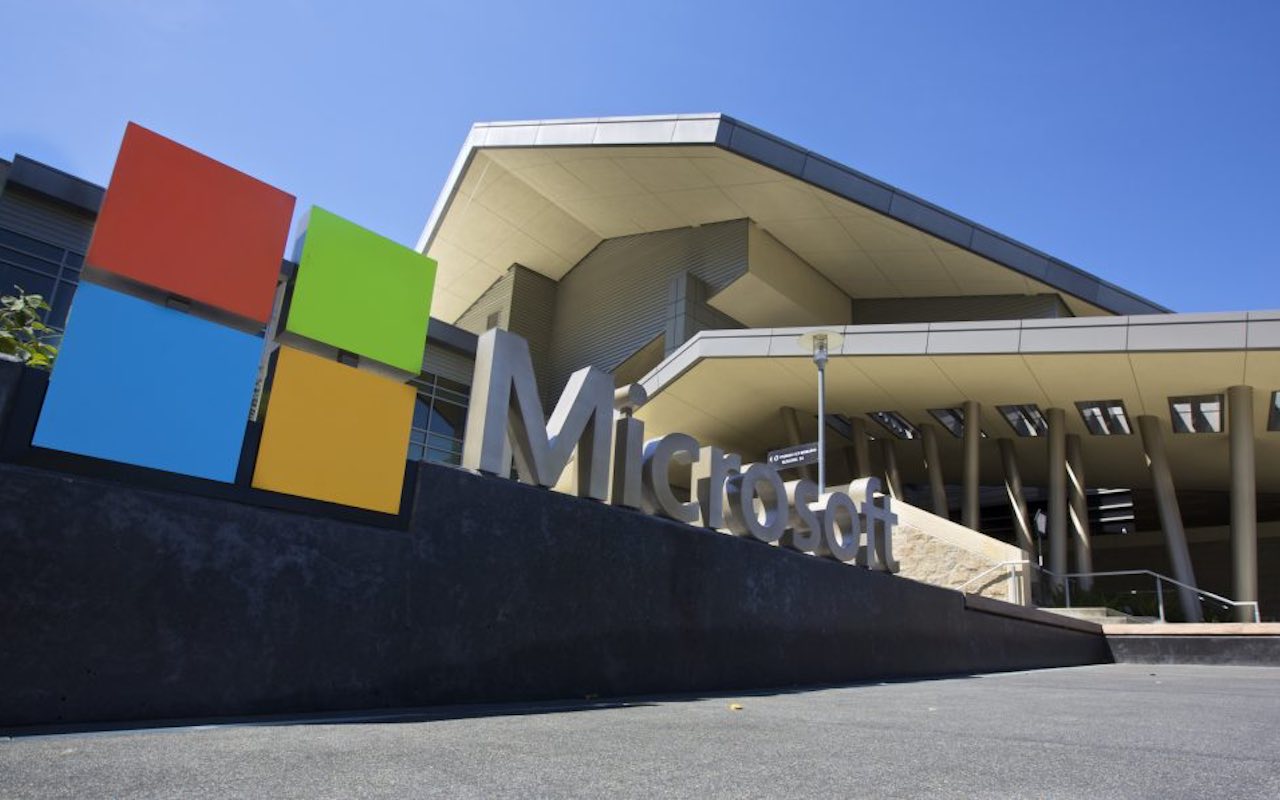
Microsoft (MSFT, $93.78) isn’t exactly the flashiest name in the technology space. When most people think of tech, their minds float to the likes of Google search parent Alphabet (GOOGL), iPhone maker Apple (AAPL) and e-commerce giant Amazon (AMZN). But Microsoft remains a juggernaut in its own right – at more than $700 billion in market value – and Morgan Stanley analysts believe it eventually could become a $1 trillion company in the next decade.
Those analysts are particularly optimistic because of Microsoft’s increasing position in cloud computing, with its Azure web services gobbling up a large share of the public cloud market. But the Microsoft empire is built on many other successes, new and old, from its Windows operating system to its Office productivity suite to the Xbox gaming-system franchise.
Not everything Microsoft touches turns to gold, however.
Since its founding in 1975, Microsoft has accumulated a pile of failures to go along with its list of smash hits. Innovation, after all, often means learning from your mistakes – and the king of PCS has had more than its share of mistakes. Some of those flops were inconsequential and even comical, while other larger missteps were so significant, they likely helped bolster the fortunes of companies such as Apple and Alphabet.
Here’s a look at 15 of Microsoft’s most notable flops, and what they have meant to the company over the years:
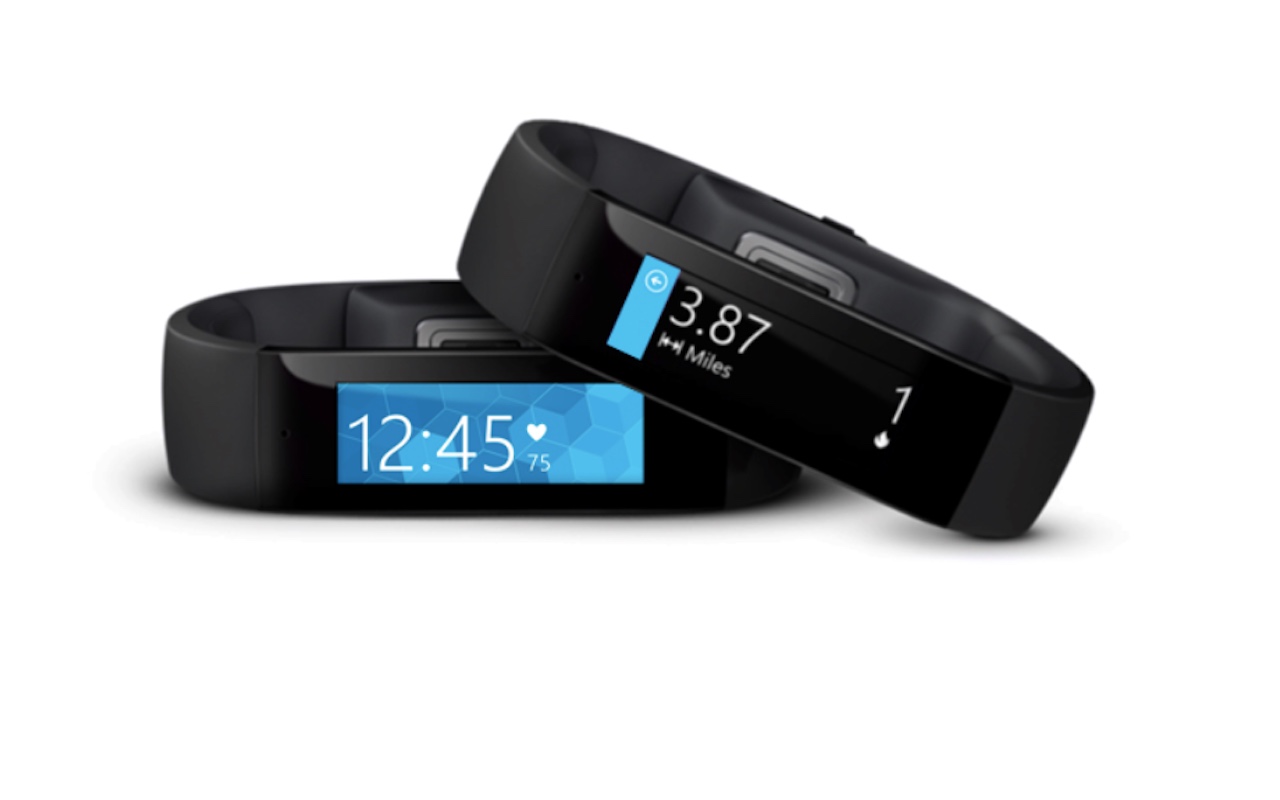
Band
Wearables continue to be one of the hottest tech product categories, and experts say they’ll only get bigger. Research firm IDC says 113.2 million wearables shipped in 2017, and it expects that number to nearly double to 222.3 million by 2021.
Apple and Fitbit (FIT) lead this market, but many people forget that Microsoft actually beat the Apple Watch to the market and took on Fitbit at the height of its fitness-tracker domination.
Microsoft Band was a fitness wristband with some smartwatch features that was launched in time for the 2014 holiday season. It was compatible with Windows Phone, iOS and eventually Android, had a color display and cost $199. It supported apps such as Facebook (FB), and it had smartphone notifications.
It should have been a hit.
However, users found the design awkward and uncomfortable to use – issues that a second-generation version did nothing to fix. Instead of reaping the rewards of the wearable market, Microsoft threw in the towel and discontinued the Band in 2016.
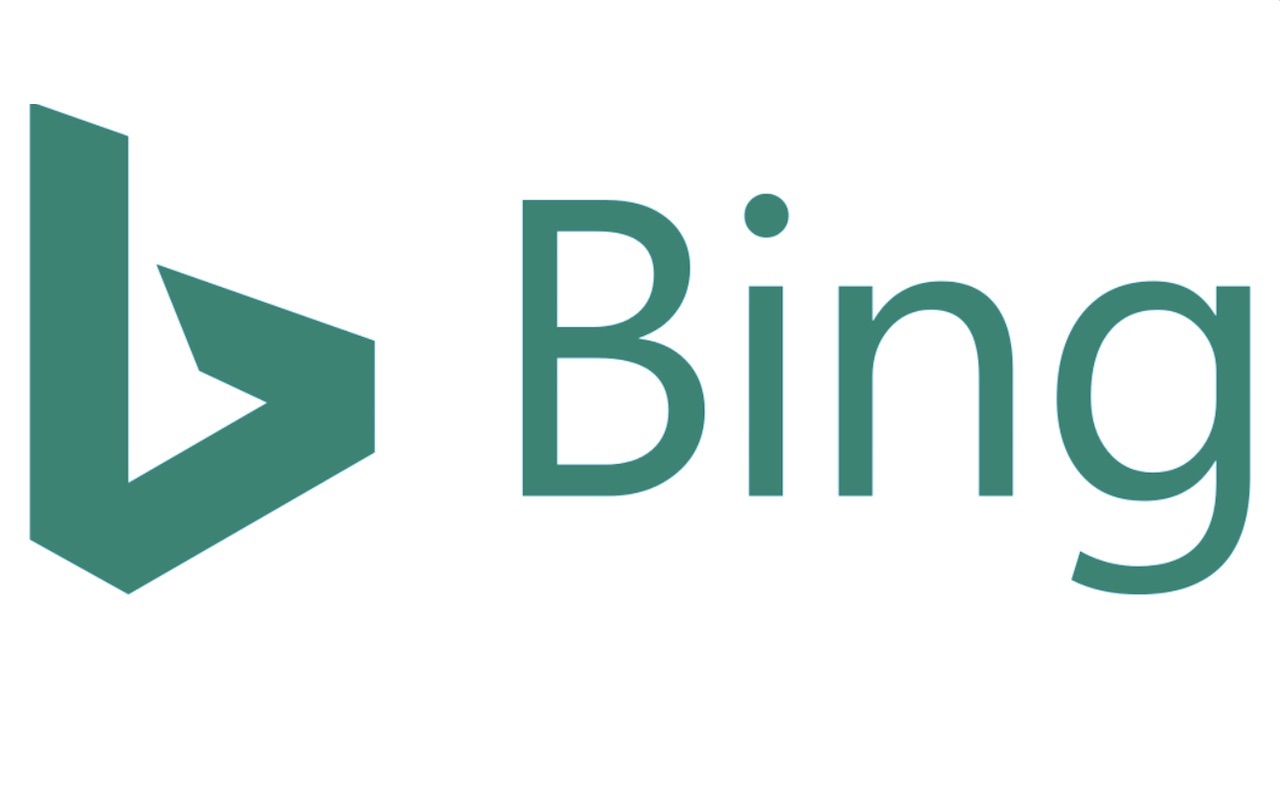
Bing
Microsoft introduced the new Bing search engine in 2009. Designed to take on Google’s search dominance, Bing replaced Microsoft’s own Live Search service, and the platform persists to this day.
So why is Bing considered a flop?
It comes down to return on investment and its impact (or lack thereof) on Google’s search market share. Microsoft has invested heavily into marketing and promoting Bing over the years, from a $100 million launch campaign to a program from 2017 that rewarded consumers for searching with Bing by giving them prizes such as a Groove Music Pass (more on that one later).
Bing finally became profitable in its fiscal first quarter of 2016. However, as of February 2018, stats collected across all platforms (mobile, PC and tablet) show Google Search still has a nearly 92% global market share. That’s actually up a few points since Bing arrived to take it on.
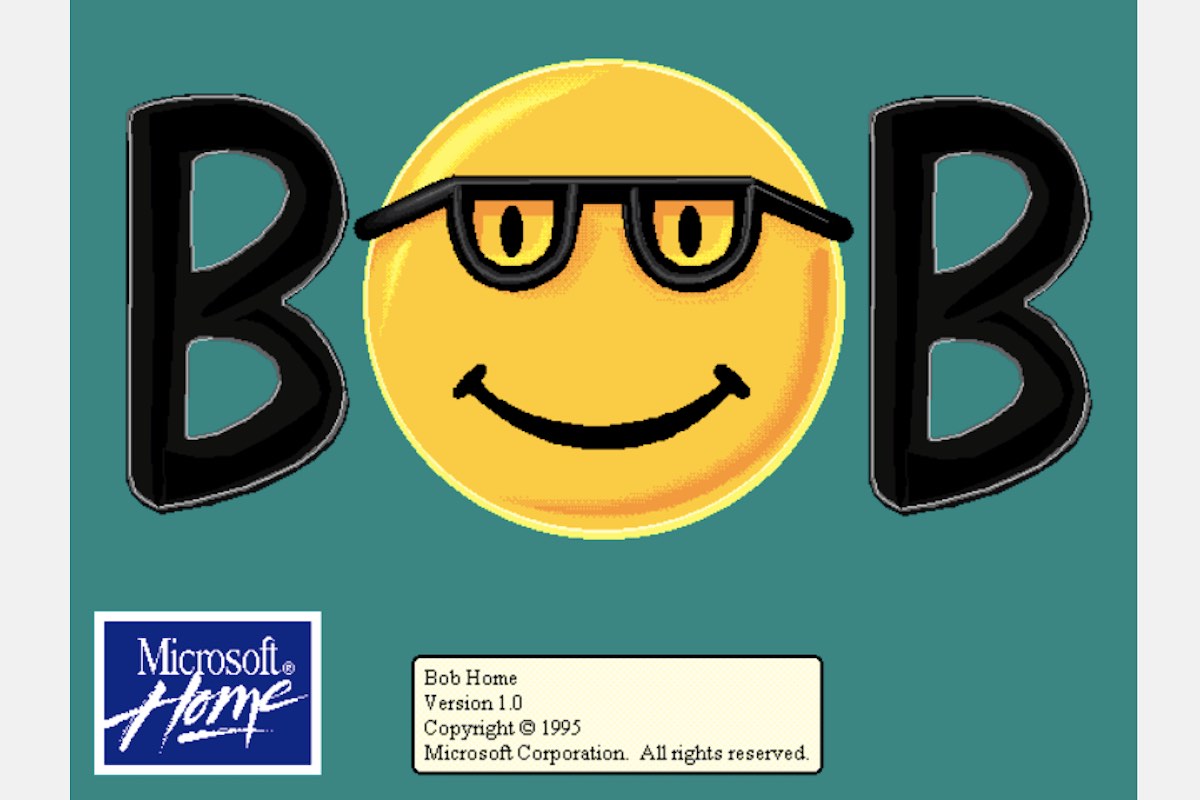
Bob
Bob was Microsoft’s attempt to make Windows easier to use for PC newbies.
Emphasis on “was.”
This graphical user interface ran on top of Windows 3.1 and Windows 95, replacing the whole office metaphor (file folders, trash can) with a house. The Bob interface included characters such as Rover, a cartoon dog that provided guidance, and Scuzz the mouse. The Bob logo itself was a smiley face in glasses that resembled Bill Gates.
Bob was introduced in 1995, and dead by 1996 in what has been labeled a “mercy killing.” Most users weren’t enamored with trying to navigate a virtual living room looking for their files while a digital dog encouraged them. Bob also had hefty (for the time) PC requirements, and most personal computers lacked the power to run the software.
Microsoft has taken other cracks at animated guides over the years, notably Clippy the Office Assistant. Each time, Microsoft has ended up the butt of a few jokes.
But Microsoft Bob did provide one tangible victory. Bill Gates’ future wife, Melinda, was Bob’s marketing manager.
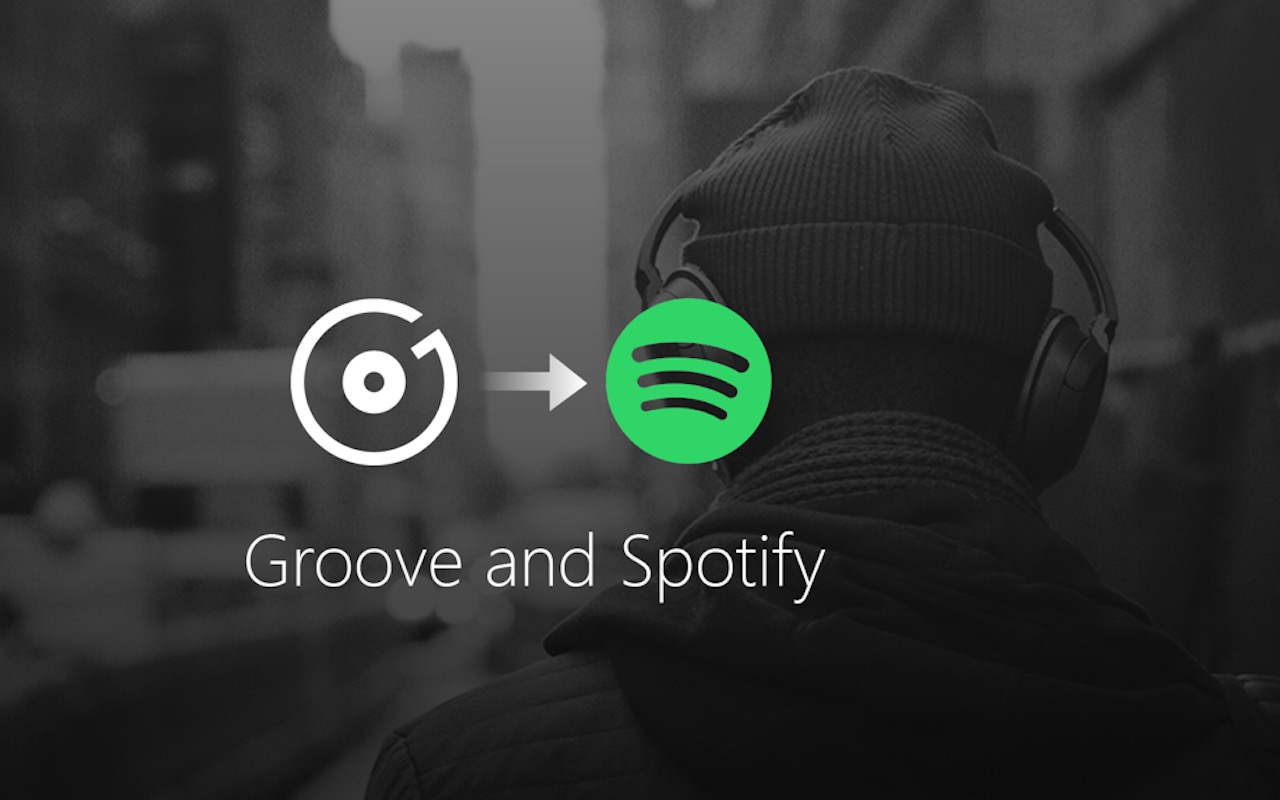
Groove Music
You know Spotify, Apple Music and Amazon Music Unlimited, but do you know Groove Music?
If not, no one blames you. Groove Music was Microsoft’s in-house music streaming service and it predates much of the competition. It started life as Zune Music Pass, a monthly subscription service for Zune owners. After the Zune tanked, it became Xbox Music. And in 2015, it was rebranded as Groove Music, at $9.99 per month for unlimited streaming of 50 million-plus tracks globally.
Despite supporting competing platforms including iOS and Android, few people found anything groovy about Groove Music. Microsoft announced it was shuttering the service effective Dec. 31, 2017, and arranged to transfer customer playlists to Spotify.
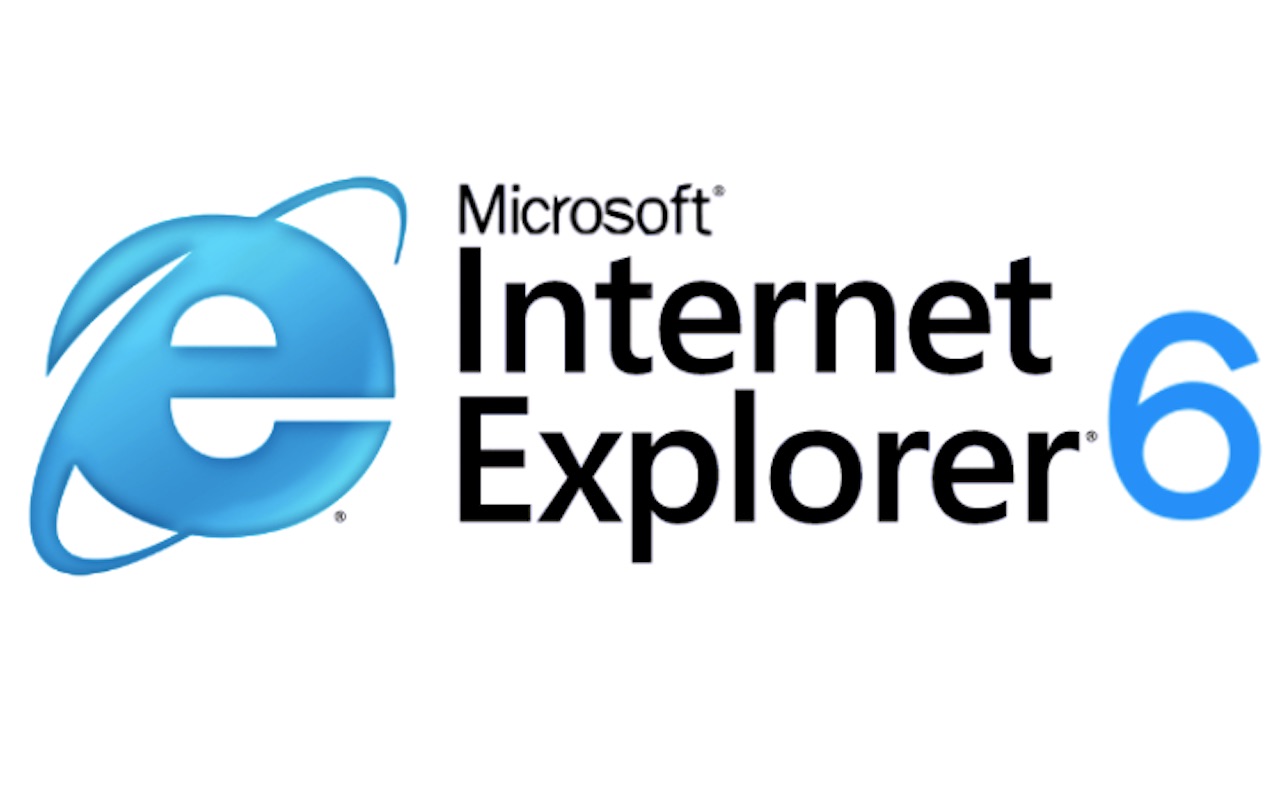
Internet Explorer 6
Web browsers are a contentious product. Everyone uses them, but while some people love specific browser features, others aren’t as keen, and still others outright hate them.
But one web browser that managed to unite virtually everyone was Microsoft’s Internet Explorer 6, informally known as “the most hated browser in the world.”
Internet Explorer 6 was released with Windows XP in 2001, at a time when Microsoft absolutely dominated the web browser market with a share over 90%. But IE6 was buggy and had gaping security holes. Microsoft largely ignored the problems, keeping IE6 in circulation as alternatives like Firefox and Chrome lured users away with promises of a smoother and less infectious online experience.
Instead of continuing to dominate the web browser world (a situation that would have tremendously boosted Bing usage, by the way), Internet Explorer and the latest Microsoft Edge browser now combine for a single-digit user share at just 7.3%.

Invoke Cortana Smart Speaker
Smart speakers are one of the hottest technologies on the market right now. Amazon and Alphabet have made a significant push into this space, with the former selling tens of millions of Echo smart speakers last year alone.
Consumers spent $2.8 billion on smart speakers in 2018 and that number is expected to grow to $11.79 billion by 2023. Smart speakers also are a gateway to control of the smart home, and revenue-generating opportunities like voice search and shopping. Consumers using Amazon’s Alexa-powered smart speaker are predicted to generate $10 billion in sales for the company by 2020.
Where’s Microsoft’s entry?
Last fall, Microsoft worked with Harmon Kardon to release the Invoke – the first smart speaker powered by the company’s Cortana digital assistant. Invoke looks similar to an Echo, but a little more upscale and with better audio, as you would expect from the premium Hardon Kardon audio brand. It also includes free Skype voice calling in North America.
Microsoft sent me a review unit well in advance of the launch, but I live in Canada and the company still hasn’t released its Cortana set-up app (required for the Invoke) in this country. I can tell you it looks nice enough, but my experience shows one of the downsides of a “smart” speaker: If the onboard digital assistant isn’t up to the task for some reason, it’s essentially a paperweight.
Microsoft isn’t saying how well the $199.95 Invoke sold, but it doesn’t look good. A January report (the data was compiled prior to the release of Apple’s HomePod) showed that Amazon Echo owns 69% of the installed U.S. smart speaker market, with Google Home at 31%. That leaves the Cortana-powered Invoke as a rounding error at best. Adding to the whiff of failure, at the time of writing, Microsoft had slashed the price to $99.95 on its website.
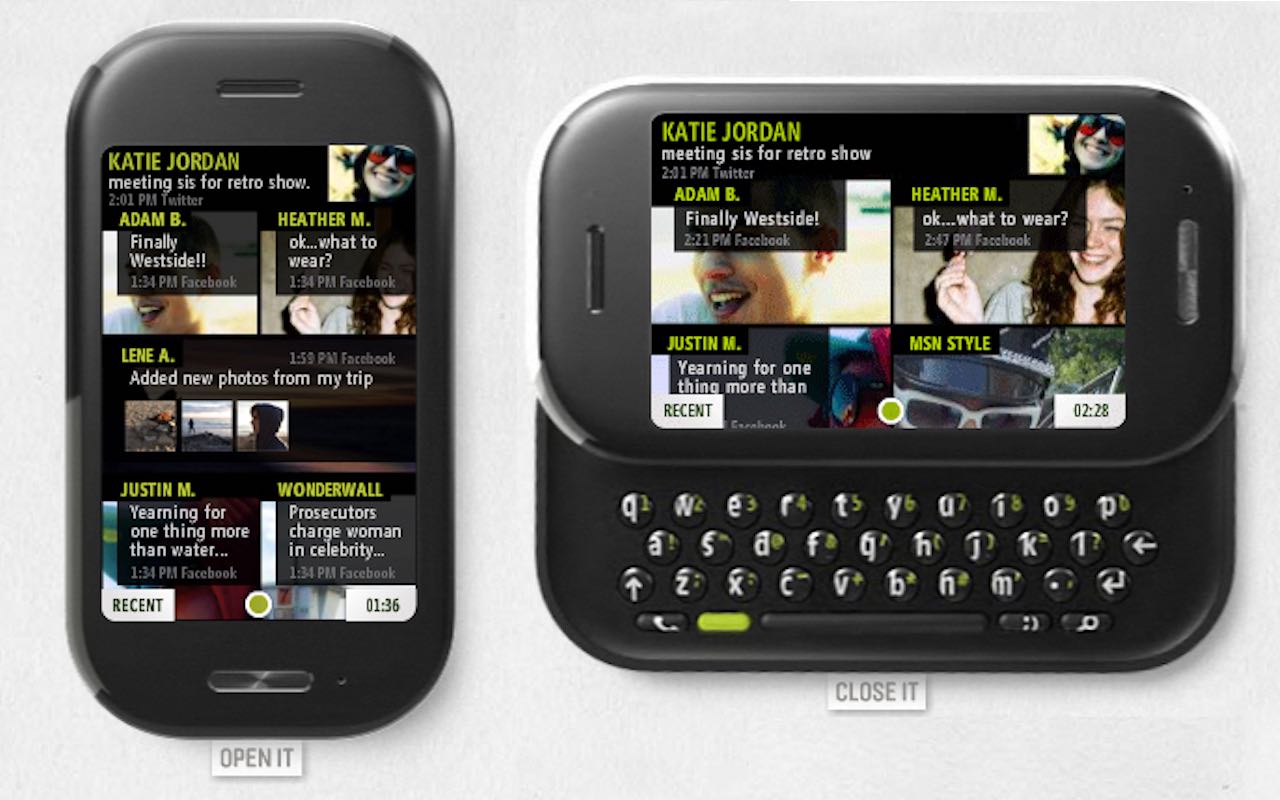
Kin
In 2010, Microsoft decided there were two tech trends it had to address, and it decided to go after both at the same time. The company spent $1 billion in development (including the cost of acquiring T-Mobile Sidekick designer Danger Inc.) on a top-secret “Project Pink.”
The result was the Kin One and Kin Two, released in 2010 as Verizon (VZ) exclusives. These phones featured small touchscreen displays and slider keyboards, and they boasted social-networking power, with Facebook, Twitter (TWTR) and MySpace (remember, this was 2010!) constantly updating.
However, the Kin phone did not support downloadable games and apps; meanwhile, the iPhone was driving app mania. Within two months, Verizon stopped selling the Microsoft Kin because of abysmal sales (rumored to be under 10,000 units). They were brought back with new firmware that removed the social networking and turned them into plain feature phones later that year. By 2011, all traces of the Kin were gone for good.
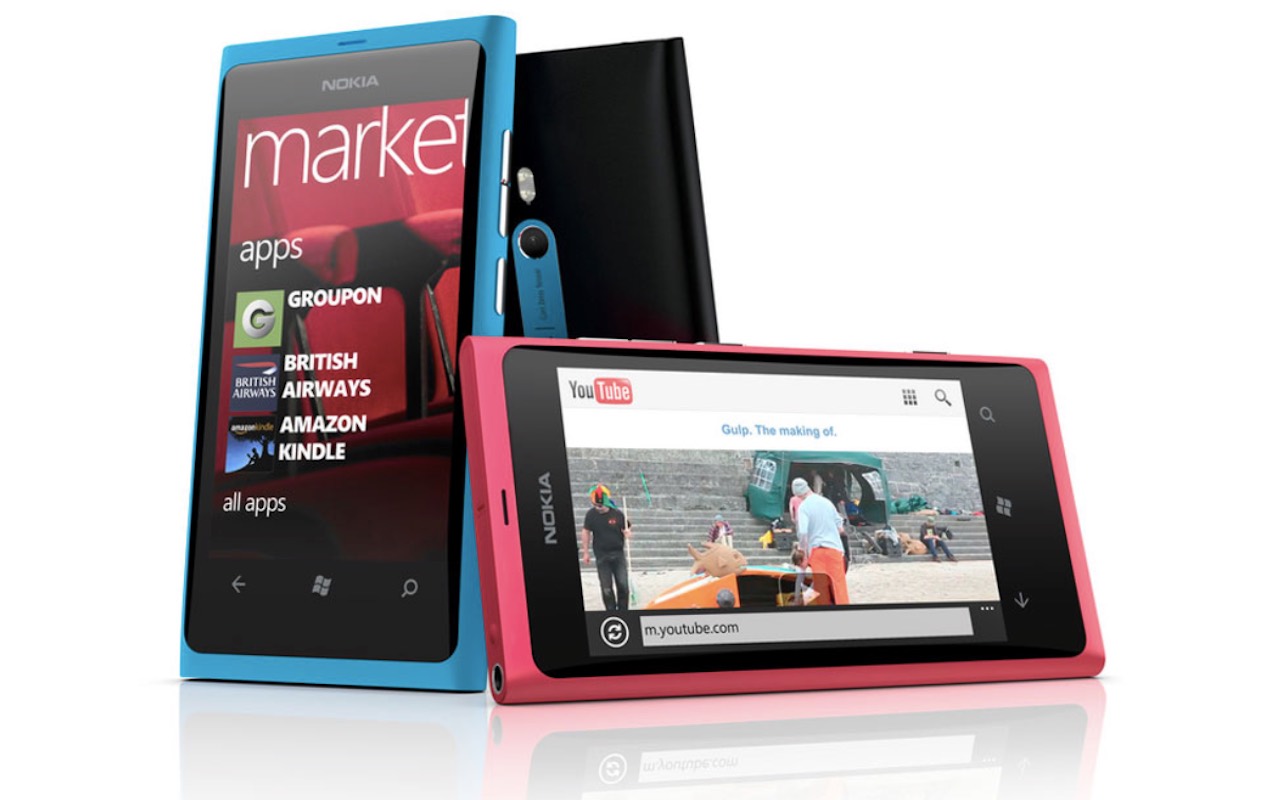
Lumia Smartphones
Another epic Microsoft flop that still rankles Microsoft investors is the Lumia smartphone.
Microsoft acquired Nokia’s (NOK) smartphone business for $7 billion in 2014. That gave the company ownership of the Lumia line of smartphones, ensuring there would always be a flagship device running Windows Phone.
“Always” turned out to be little more than a year.
The combination did nothing to prevent Windows Phone’s slide into irrelevance, and along the way, it killed the Lumia – a brand that had fans, and that prior to the sale had been rumored to be moving to Android. Microsoft wrote off $7.6 billion related to the deal in 2015, then another $950 million in 2016. Thousands of jobs were shed in the process.
The last Lumia smartphone was the mid-range Lumia 650, released in February 2016. By Q3 2017, Microsoft’s quarterly smartphone revenue had dropped to $5 million.
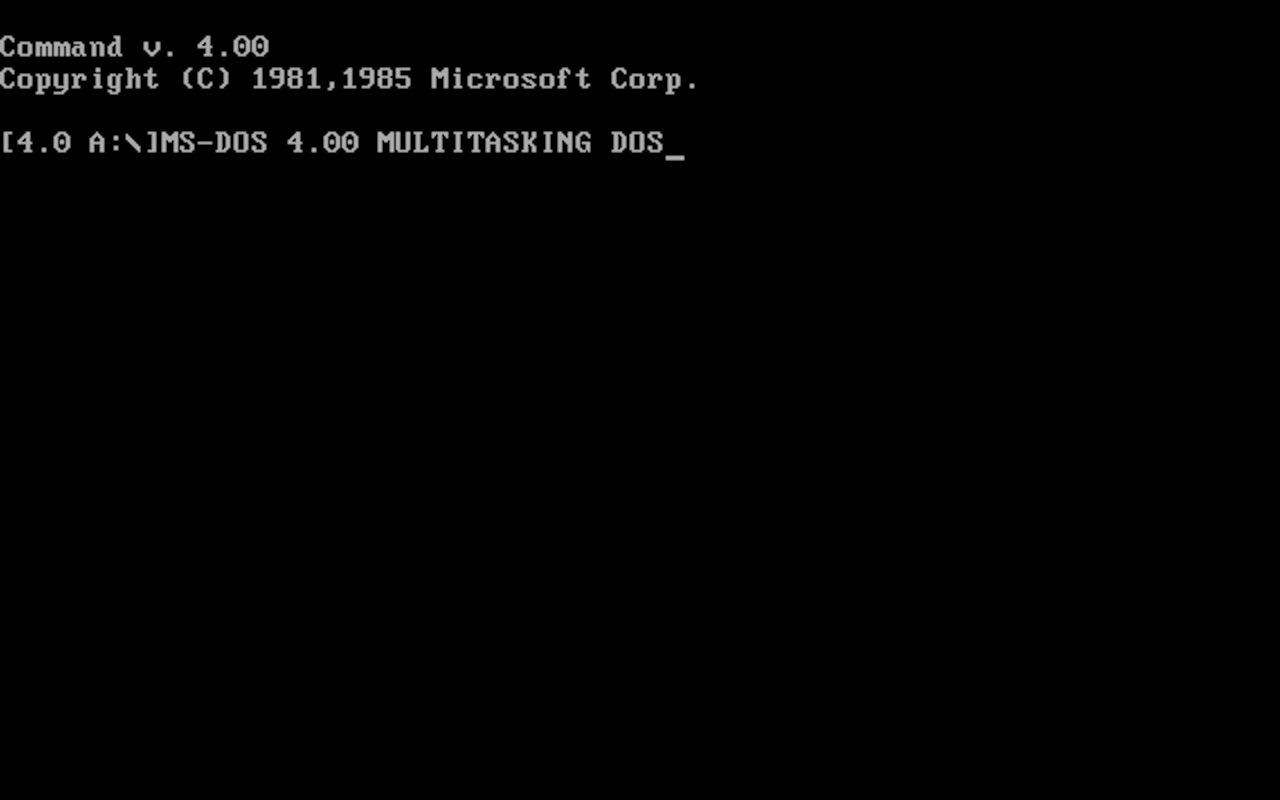
MS-DOS 4.0
MS-DOS 4.0 was Microsoft’s 1988 attempt to deliver a multitasking operating system for PCs.
Unfortunately, MS-DOS 4.0 was riddled with bugs. The operating system quickly became infamous for crashes, freezing and data corruption. Some popular applications simply refused to run on it. The MS-DOS 4.0 situation was so bad that IBM declined to install it on new PCs, instead shipping them with an older version that lacked the features but was at least stable to use.
It was Microsoft’s first truly disastrous product launch. MS-DOS 4.0 left behind a reputation as one of the worst operating systems of all time.
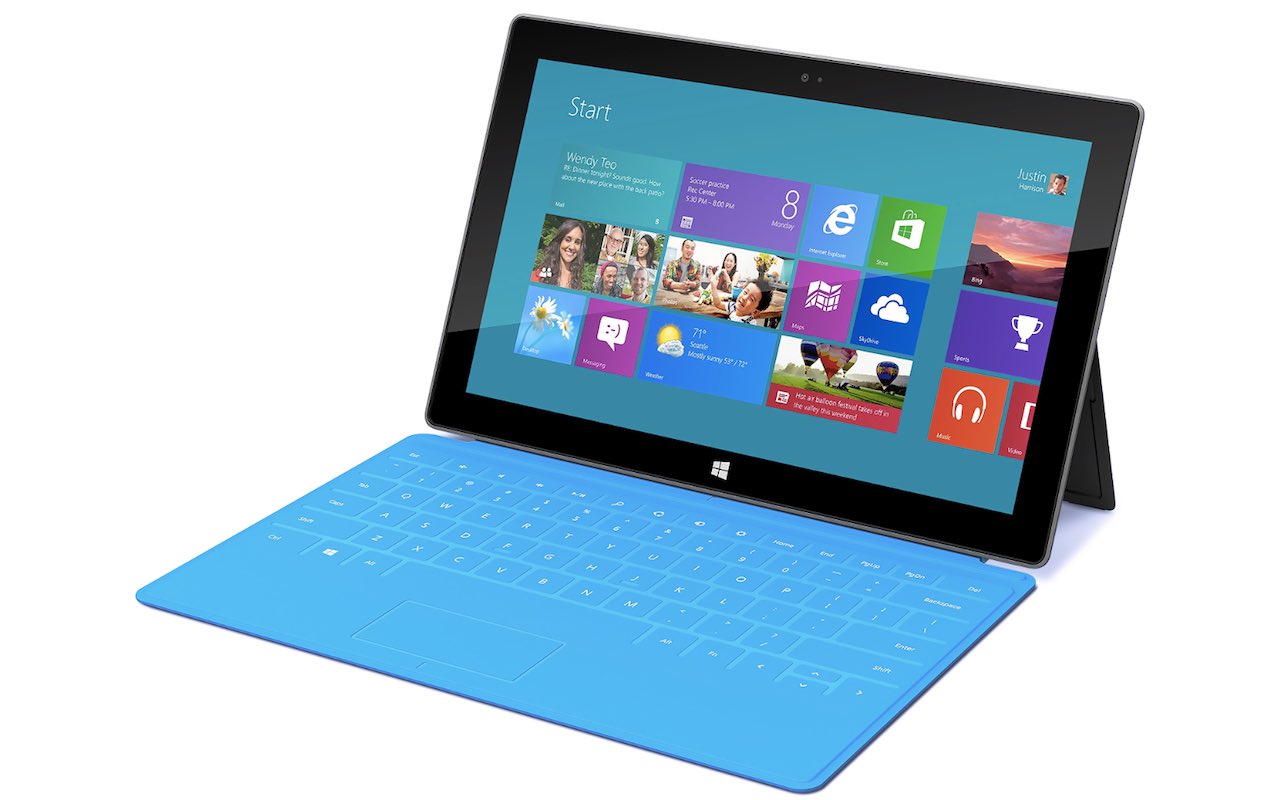
Surface RT
Microsoft investors still cringe at the mention of the Surface RT.
When the company got into the tablet business in 2012, it introduced the Surface RT for consumers and the Surface Pro for “prosumers.” The Surface Pro was powered by Intel (INTC) processors and ran standard Windows software, going on to be a successful product.
The Surface RT wasn’t so fortunate.
To keep the RT at a more consumer-friendly price, Microsoft use ARM Holdings-based mobile chips running Windows RT. Thus, apps essentially had to be written specially for the Surface RT, confusing consumers and discouraging app creators. The Surface RT was slow, too.
Sales were even slower – so slow, in fact, that when the company bailed on the RT in 2013, it had to write down $900 million in unsold inventory. That led to the biggest selloff in MSFT shares since 2009 and wiped out $34 billion in market value.
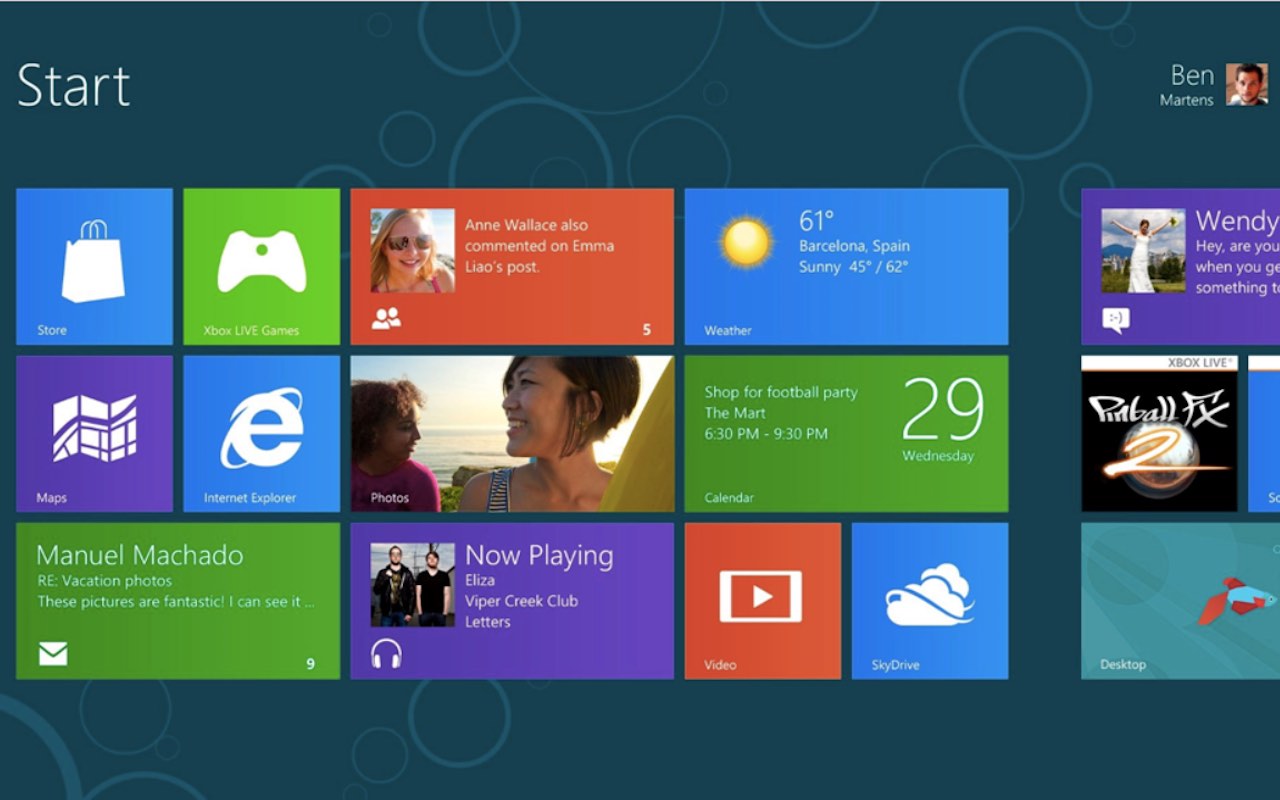
Windows 8
Windows 8 was released in 2012, and was Microsoft’s attempt to capture all of the best of the fading PC market with the popularity of tablets and smartphones. It also used a radically new interface featuring touch-friendly “tiles.”
Unfortunately, longtime Windows users found it awkward and unintuitive, especially when working with a keyboard and mouse instead of a touchscreen. The company faced a revolt over the decision that got rid of the Start menu introduced with Windows 95. Even CEO Satya Nadella admitted the company “got some things wrong in Windows 8.”
Other critics weren’t so kind, calling the operating system a “colossal blunder.”
With Windows 10, Microsoft brought back the Start menu – a definitive admission that it had messed up with Windows 8.
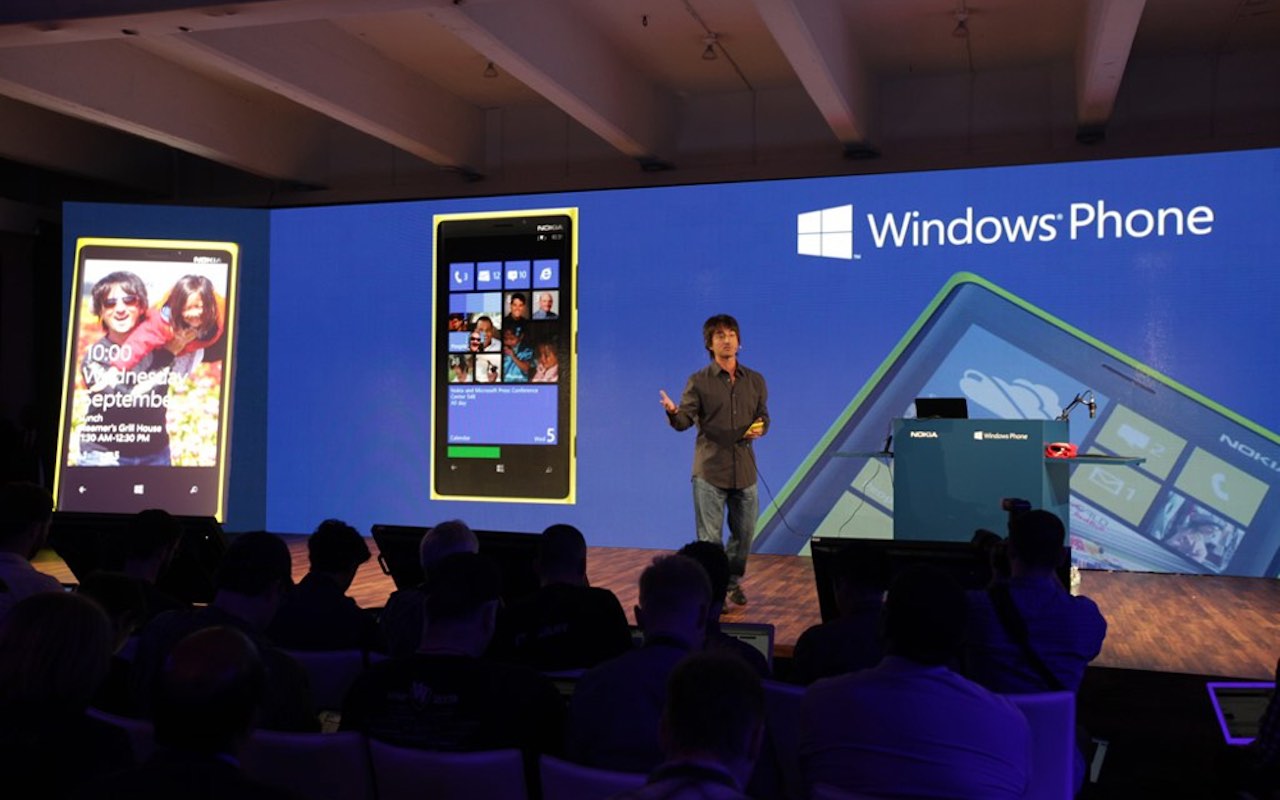
Windows Phone
Windows Phone was a flop that helped to cement Microsoft’s place as one of the big losers in the smartphone era.
In 2010, with smartphone sales taking off and Apple (iOS) and Google (Android) beginning to gain steam, Microsoft launched Windows Phone to replace its aging Windows Mobile operating system. (This was after the Kin debacle.)
Smartphones running Windows software held a 5% market share at the time. But we all know what happened next: Android and iPhones steamrolled everyone. In 2016, Windows Phone became Windows 10 Mobile – offering a unified experience with Windows 10 PCs – but it was too late for a recovery.
Microsoft officially threw in the towel last year, as Windows’ smartphone market share had dropped to a tenth of a percent.
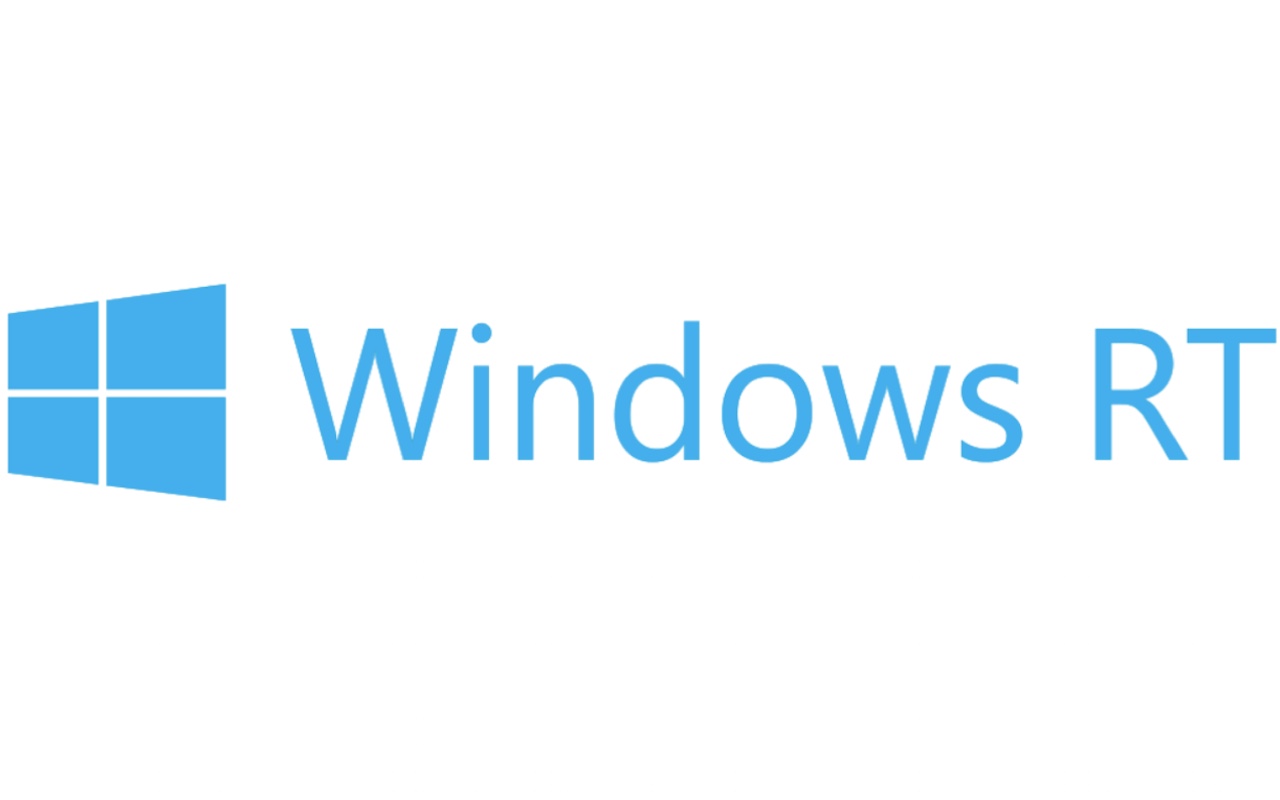
Windows RT
Windows RT goes hand-in-hand with the Surface RT tablet.
Released in 2012, Windows RT was an attempt to port Windows to mobile ARM processors. That meant a version of Windows that was not compatible with Windows software (confusing) and missing support for many legacy accessories.
Apps had to be downloaded from the Windows Store, and while Microsoft offered a version of Office for Windows RT, compatible third-party software was lacking. Besides the Surface RT, a number of PC manufacturers – including Dell and Asus – released devices running Windows RT. But the choices were few and far between and none sold particularly well.
Microsoft gave up on Windows RT in 2015.

Xbox One
The Xbox One video game console is less an outright flop and more a disappointment, given that it has had some level of success. But it belongs here because it should have been so much more.
Microsoft has sold 34 million Xbox One consoles since its launch in November 2013. However, the company shot itself in the foot before releasing its eighth-generation console, sending mixed messages about its primary purpose – and leaving gamers wondering whether it was a living-room entertainment box, or a true gaming machine. Making things worse, the console was rumored to prevent people from playing used games.
Microsoft then made a bad situation worse by pricing the Xbox One $100 higher than the competing Sony (SNE) PlayStation 4, which was released just days earlier.
Those launch stumbles let Sony take a big head start, and Microsoft has since been thoroughly trounced in this generation of the console wars. The Xbox One has sold just over 34 million units (as of Nov. 17) versus more than double that for the PlayStation 4 (nearly 70 million). In contrast, the previous-generation Xbox 360 was neck-and-neck with the with the PS3 at 84 million units.
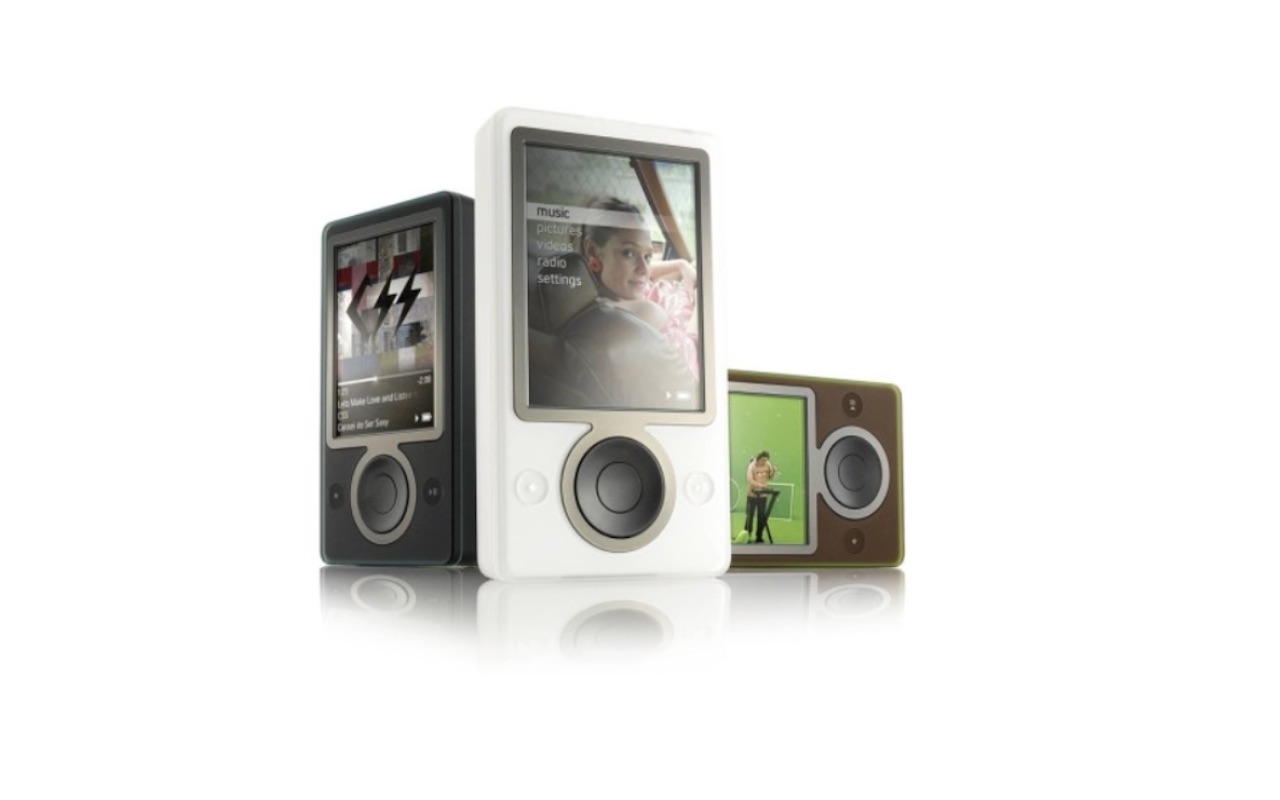
Zune
The Zune is considered by some to be Microsoft’s worst product ever, and it’s certainly one of its biggest flops.
Apple turned the iPod into a virtual license to print money, going from a computer maker with zero experience in music hardware in 2001 to a consumer technology company that had sold 100 million iPods by 2006.
Microsoft looked at that success and decided it could play, too, releasing the Zune digital music player in November 2006. It’s hard to tell whether it was the brown color option that did in the player, or the music subscription fee, or the $249 price tag, or the fact that everything Apple did at the time seemed infinitely cooler. Whatever the reason, Zune sales in the 2009 holiday quarter were around $117 million, while Apple moved nearly 23 million iPods worth $3.3 billion during the same period.
It just kept getting worse from there.
Microsoft actually produced four generations of the Zune, but by 2011, it decided five years of beating its head against the iPod was enough. Thus ended the Zune.
Profit and prosper with the best of Kiplinger's advice on investing, taxes, retirement, personal finance and much more. Delivered daily. Enter your email in the box and click Sign Me Up.
-
 I Drive and Collect Classic Cars: Here’s How I Got Started
I Drive and Collect Classic Cars: Here’s How I Got StartedAre classic cars a hobby or an investment strategy — or both? Either way, the vintage car scene is much cooler and more affordable than you think.
-
 My First $1 Million: Retired Middle School Teacher, 68
My First $1 Million: Retired Middle School Teacher, 68Ever wonder how someone who's made a million dollars or more did it? Kiplinger's My First $1 Million series uncovers the answers.
-
 The $183,000 RMD Shock: Why Roth Conversions Can Be Risky
The $183,000 RMD Shock: Why Roth Conversions Can Be RiskyConverting retirement funds to a Roth is a smart strategy for many, but the older you are, the less time you have to recover the tax bite from the conversion.
-
 Cooler Inflation Supports a Relief Rally: Stock Market Today
Cooler Inflation Supports a Relief Rally: Stock Market TodayInvestors, traders and speculators welcome much-better-than-hoped-for core CPI data on top of optimism-renewing AI earnings.
-
 Nasdaq Sinks 418 Points as Tech Chills: Stock Market Today
Nasdaq Sinks 418 Points as Tech Chills: Stock Market TodayInvestors, traders and speculators are growing cooler to the AI revolution as winter approaches.
-
 AI Stocks Lead Nasdaq's 398-Point Nosedive: Stock Market Today
AI Stocks Lead Nasdaq's 398-Point Nosedive: Stock Market TodayThe major stock market indexes do not yet reflect the bullish tendencies of sector rotation and broadening participation.
-
 Dow Rises 497 Points on December Rate Cut: Stock Market Today
Dow Rises 497 Points on December Rate Cut: Stock Market TodayThe basic questions for market participants and policymakers remain the same after a widely expected Fed rate cut.
-
 Crypto Trends to Watch in 2026
Crypto Trends to Watch in 2026Cryptocurrency is still less than 20 years old, but it remains a fast-moving (and also maturing) market. Here are the crypto trends to watch for in 2026.
-
 Dow Slides 427 Points to Open December: Stock Market Today
Dow Slides 427 Points to Open December: Stock Market TodayThe final month of 2025 begins on a negative note after stocks ended November with a startling rally.
-
 Why I Trust These Trillion-Dollar Stocks
Why I Trust These Trillion-Dollar StocksThe top-heavy nature of the S&P 500 should make any investor nervous, but there's still plenty to like in these trillion-dollar stocks.
-
 Dow Adds 314 Points to Thanksgiving Rally: Stock Market Today
Dow Adds 314 Points to Thanksgiving Rally: Stock Market TodayInvestors, traders and speculators enjoy the best Thanksgiving Week gains for the major stock market indexes in more than a decade.
